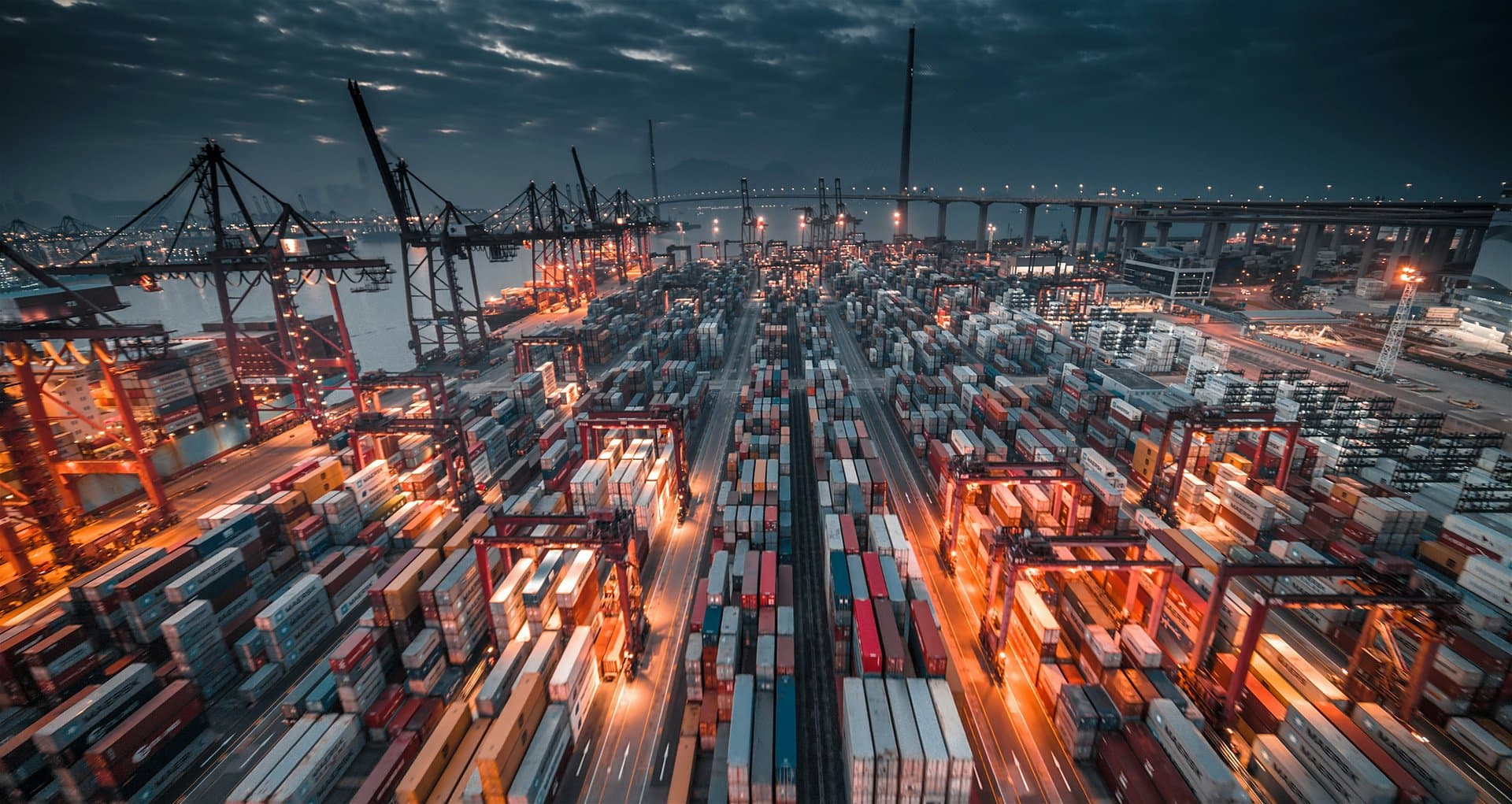How Trump’s Tariffs Slashed Port of LA Cargo by 35% in 2025
Explore how the 145% tariffs on Chinese goods triggered a 35% drop in cargo at the Port of Los Angeles, reshaping supply chains, jobs, and consumer choices across the U.S.

Key Takeaways
- Tariffs triggered a 35% drop in cargo at the Port of Los Angeles.
- Imports from China have halved, with some shipments canceled.
- Port-related jobs and businesses face significant downturns.
- Consumers will see shortages and price hikes within weeks.
- U.S. exports, especially agriculture, are also sharply declining.

Imagine waking up one morning to find your local port bustling with far fewer ships and containers than usual. That’s the reality unfolding at the Port of Los Angeles, the busiest port in the Western Hemisphere, where cargo volume has plunged 35% compared to last year. This steep decline follows President Donald Trump’s imposition of hefty tariffs—up to 145%—on Chinese goods. The ripple effects are hitting dock workers, trucking companies, and retailers alike, signaling a supply chain slowdown that stretches far beyond Southern California. From canceled shipments to rising prices on store shelves, the trade war is rewriting the rules of commerce. In this article, we unpack the real impact of these tariffs on the Port of LA, the broader U.S. economy, and what consumers can expect in the coming months.
Experiencing Cargo Decline
Every weekday morning outside the International Longshore and Warehouse Union’s dispatch office, dock workers like Charlie Camacho gather, hoping for a shift loading and unloading containers. But lately, the scene has changed. Charlie’s chance of finding work on a typical Tuesday dropped to about 25%, and many leave empty-handed. This isn’t just a bad day—it’s a symptom of a 35% drop in cargo volume at the Port of Los Angeles compared to last year. The port, a vital artery for 31% of U.S. container traffic, is feeling the pinch as tariffs make importing goods from China more expensive and less attractive.
This decline ripples through the local economy. Frank Groves, who sells safety gear to port workers, reports a 75% drop in sales. Rob Walpole’s Customs Goods company handles fewer shipments, reflecting the broader slowdown. The port’s executive director, Gene Seroka, warns that this downturn will soon reach manufacturers, retailers, and consumers nationwide. The once-bustling docks now echo with uncertainty, as the trade war reshapes the flow of goods and livelihoods.
Facing Supply Chain Shocks
The tariffs, which ratcheted up to 145% on many Chinese goods, have forced importers to rethink their strategies. Many canceled orders, leading to a 50% drop in shipments from China arriving at the Port of LA. Retailers like those represented by Ryan Petersen of Flexport are choosing to store products in Chinese warehouses rather than pay the steep tariffs. This shift means fewer goods arriving in the U.S., setting the stage for shortages and price hikes.
Gene Seroka explains that consumers might soon find fewer choices on shelves, with popular items becoming pricier. The supply chain’s delicate balance is tipping, as retailers’ stockpiles—already lean after early-year stockpiling ahead of tariffs—start to run out. The National Retail Federation and JP Morgan forecast imports to fall 20% overall, with Chinese imports plunging 75% to 80%. The result? A looming squeeze on availability and affordability that will touch everyday shoppers.
Navigating Export Slumps
The trade war’s impact isn’t one-sided. U.S. exports have also taken a hit, with nearly all ports reporting declines. Agriculture, a cornerstone of American exports, is especially hard hit. Ports like Portland and Tacoma have seen export drops of 51% and 28%, respectively, affecting key products like soybeans, corn, and beef destined for markets in Japan, China, and South Korea.
Trade tracker Vizion highlights a 17% export decline at the Port of Los Angeles and similar drops at Savannah and Norfolk. This export slump stems from canceled manufacturing orders and shifting global demand amid tariff-driven uncertainty. The agricultural sector warns of a crisis as the ability to move products overseas diminishes. The ripple effect extends beyond ports, threatening the livelihoods of farmers and exporters nationwide.
Experiencing Economic Ripple Effects
The Port of Los Angeles supports one in twelve jobs in the region, but its economic footprint spans all 50 states and every congressional district. Gene Seroka emphasizes that the cargo flowing through this port includes essentials like food, medical supplies, auto parts, apparel, and electronics. When cargo volume drops, the consequences cascade through trucking, distribution centers, and retail.
Businesses like Matson, a freight liner operator, report a 30% year-over-year decline in container volume since tariffs began. CEO Matt Cox notes uncertainty about whether this lower demand is temporary or a longer-term shift. Companies are adapting by diversifying manufacturing locations, following a “China plus one” strategy to reduce reliance on a single country. This evolving landscape signals a fundamental change in trade patterns, with potential long-lasting effects on the U.S. economy.
Preparing for Consumer Impact
For consumers, the tariff-driven cargo slump translates into tough choices ahead. Retailers warn that by summer, existing inventories will be depleted, leading to shortages and higher prices. Gene Seroka paints a picture of less variety on shelves and pricier options for preferred products. Bank of America’s research shows retail inventories are lean, with many stores holding only one to two months of stock.
Tim Robertson, CEO of DHL Global Forwarding, urges retailers to lock in shipping capacity early to avoid last-minute chaos, especially for fast-moving goods like toys and electronics. The supply chain’s tipping point is June, a critical window to secure holiday season success. Meanwhile, workers, truckers, and others in the supply chain face reduced hours or layoffs due to fewer ships and containers arriving. The trade war’s human and economic toll is unfolding in real time, reminding us that tariffs are more than policy—they’re a force reshaping everyday life.
Long Story Short
The 35% cargo drop at the Port of Los Angeles is more than a statistic—it’s a story of disrupted lives, shifting trade patterns, and a supply chain under strain. Dock workers like Charlie Camacho face fewer job opportunities, while businesses tied to port activity see sales evaporate. Consumers, meanwhile, are bracing for tighter shelves and steeper prices as inventories run dry. The tariffs have not only slashed imports from China but also triggered a nationwide export slump, especially in agriculture. While some retailers stash goods in overseas warehouses to dodge tariffs, the overall trend points to leaner inventories and a more cautious market. For now, the future hinges on trade negotiations and how quickly businesses adapt. But one thing is clear: the era of easy, tariff-free global trade has hit a rough patch, and the effects will be felt in every aisle and every paycheck.